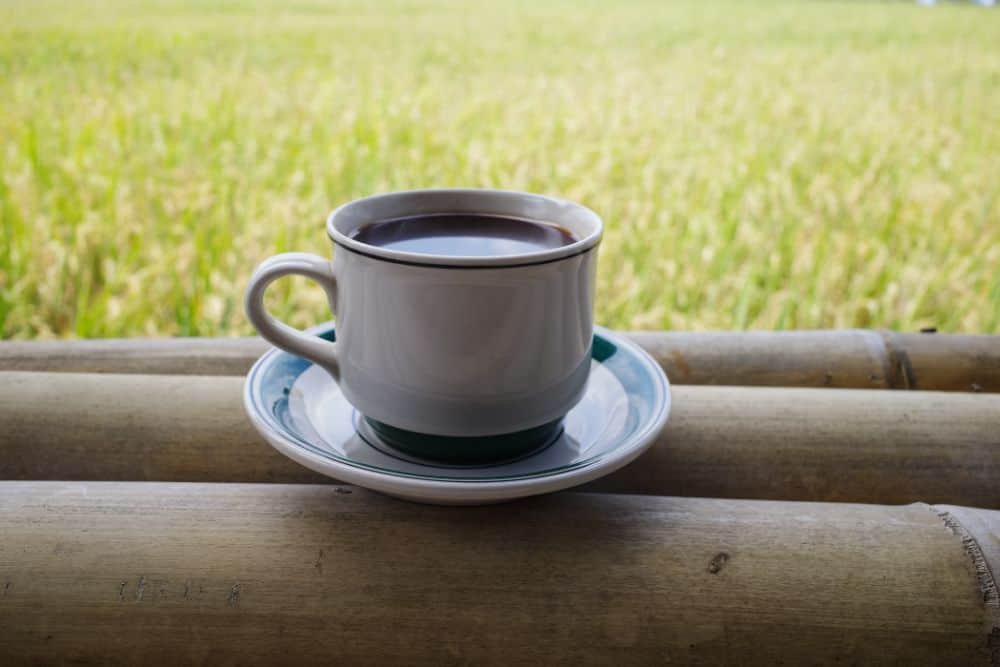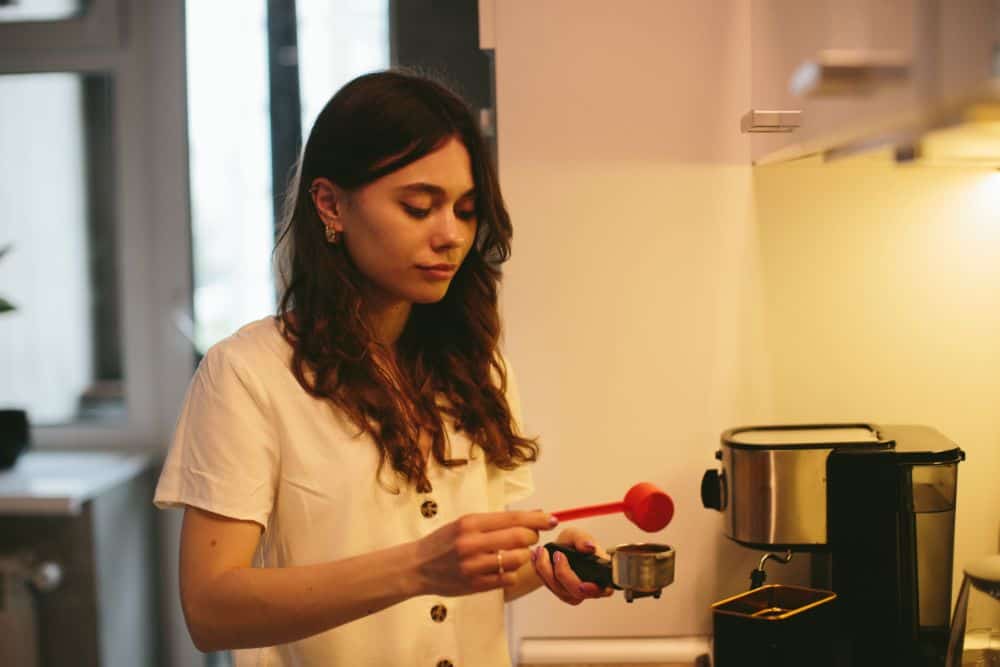It’s something that individuals do almost on auto-pilot. As they stumble around in the morning, getting ready for their day, they reach out to fill the coffee pot with water without additional thought. Was it cold water or hot? They have no idea, as they acted for the primary reason of getting caffeine into their system as quickly as possible.
However, the temperature is actually a crucial element in the coffee-making process. Having water that is too hot or too cold can have a substantial effect on the taste of a drink. For many, this will be news. Therefore, all coffee fans should continue reading to find out what temperature level is best for their next cup of joe.

Ideally, a person will want to use room temperature water in their filter coffee machine. This moderate degree level gives them a flavorful cup of coffee that doesn’t damage the device or give it a burnt taste. Using room temperature water provides a smooth flavor and texture, which is the goal of brewing coffee.
Although they may find themselves mindlessly turning on the tap and letting whatever temperature water instantly comes out be the source of their morning beverage, they should pay more attention to getting the right degree. Doing so will pay off in the end in a significant way and may also preserve their maker's life.

If they end up with a water temperature that is too cold, that can lead to a bland taste due to the interaction between the water and the coffee grounds. In the chance that they use hot water for brewing, the ground coffee in the filter machine can become scorched and give off an unpleasant taste.
To understand why room temperature water is best suited for making coffee, a person must understand the science behind coffee beans and brewing. To begin, it is vital to remember that a coffee bean is similar in development to a pasta noodle or even a seed.
Whereas individuals would pay close attention to the amount of time spent boiling their pasta or how much water, and at what temperature they would water their plants, the same attention needs to be paid to coffee beans. However, this isn’t often the case.
When a cup of coffee is desired, the brewer will grind coffee beans or place ground ones into their filter machine. Once the water hits the grounds, the creation of caffeine goodness begins with the extraction of minerals and oils from the coffee grounds.
Many elements can affect the well-being of coffee grounds. If they become exposed to too much water, the taste can be poor, similar to the taste of watered-down soda or tea. However, the grounds won’t activate as quickly if the water is too cold. This change can cause the beans not to release as they should, and they will produce quality similar to the watered-down types above.
Alternatively, if hot water is used in a drip coffee maker, the beans activate more quickly than they should. Because of this, the drink will be overly strong and frequently bitter. The last thing a person wants first thing in the morning is their much-anticipated drink to be acidic and disappointing.
Many may think that drinks like iced coffee and cold brew are made with cold water as a base, but this isn’t always the case. In fact, the grounds are often subjected to hot water through the brewing process before the end product is allowed to cool.
The use of cold water when brewing a pot of coffee or a specialty drink will depend on a person’s taste preference. If they prefer a more potent brew, then using cold water won’t be the best path to take.
But if they want to create a cold brew coffee with the proper type of coffee ground to the right consistency, it is feasible to use cold water to get the flavor profile they desire if that individual is looking to have a bit of bite to the taste.
If they want to guarantee a high-quality cold drink, investing in a cold brew coffee maker is a fantastic step to take. Finding the best coffee maker for their needs and pairing it with a coffee bean that lends itself well to cold brew is an excellent combination for a caffeinated beverage.
Those who are looking to brew their coffee quickly may turn to the use of hot water. Although this isn’t common due to the reasons of beans extracting too rapidly and causing a bitter and acidic taste, it can be helpful in a pinch.
While it isn’t a filter coffee machine, you will often see people use hot water when utilizing a french press. Although the proper method calls for boiling water followed by allowing it to cool for one minute, some people skip the cooling part to expedite the brewing process.
It’s important to remember that while there is often a right and a wrong way to brew coffee beans, it will ultimately come down to what taste each individual prefers. In a debate as old as coffee creamer vs. black coffee, the different methods used for brewing are as unique as the individuals themselves. Some drinkers just prefer really hot coffee!
It may surprise coffee fans that tap water is recommended for use in filter coffee makers. While they might think that filtered water or even reverse osmosis water is the route to take, these types are known for diminishing the coffee flavor due to their high purity level.
Those who have hard water will have an even better taste profile. It has been discovered that hard water helps absorb the different elements extracted from the coffee beans, which improves the overall coffee taste by making the flavor more robust.
The use of distilled water is strongly discouraged as the quality has been known to drastically reduce the taste of the coffee beans used in brewing. A common issue people run into is the fine line between using available hard water from the tap for better taste when it can also cause a build-up in the machine.
Often, the use of hard water creates deposits in the machine. Over time, the efficiency of the coffee maker can decrease, despite the use of a proper cleaning and maintenance schedule. Because of this, coffee drinkers turn to distilled or purified water to extend the life of their machines. However, they then find themselves sacrificing taste.
If remembering to use room temperature water is too challenging to take on in the mornings, coffee fans can set up the reservoir at night. By morning the water will acclimate to room temperature and be at the perfect degree for brewing.
The majority of people are not highly alert and motivated first thing in the morning. Because of this, coffee is often made autonomously. Similar to a production line, the process is the same day in and day out with very little change.
The water temperature is included in this method, which can cause problems regarding the quality of the end result. Far too often, the kitchen sink's faucet is turned on just long enough to fill the reservoir and is then shut off with little to no attention to the temperature.
Taking the time to allow the water to reach room temperature will allow the coffee grounds to activate correctly and create a great-tasting beverage. Once an individual has made the water change, they will quickly realize the difference it makes when they use room temperature instead of cold or hot. Not only that, but they will wish the world's coffee gurus had clued them in from the start!
